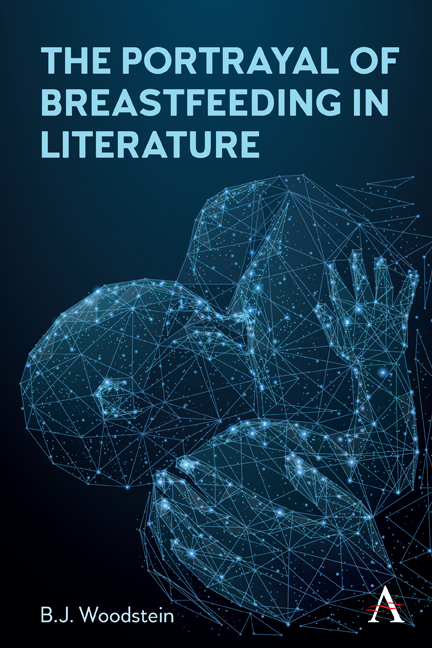1 - Background on Breasts and Breastfeeding
Published online by Cambridge University Press: 27 April 2022
Summary
Introduction
As Blakemore notes, ‘It's one of the most culturally powerful symbols out there: the image of a mother nursing her baby’ (2016, n.p.). Breastfeeding is much in the news these days, with researchers and reporters frequently contradicting and talking past one another. The articles and books approach the topic from many different angles, often not looking at the picture as a whole. Although the World Health Organization recommends that babies be exclusively breastfed for the first six months and then continue to be breastfed for two years or more along with receiving other food, the BBC reported that not even 35% of babies in the United Kingdom are breastfed at six months old, and only 0.5% are given their mother's milk at 12 months (Gallagher 2016, n.p.). It was unclear from this article why this is the case; it could be a lack of support, the belief that breastfeeding was wrong or unnecessary, the activism and marketing techniques of companies that produce formula milk or doctors who are sponsored by those companies, the lack of education regarding infant feeding and the risks of formula or many other reasons. Whatever the cause, the figures are almost astonishingly low.
Meanwhile, Time magazine referred to the ‘breastfeeding wars’ and argued that maternity leave was the problem (Luscombe 2016, n.p.), since women are not given enough time to be with their babies, including time to establish breastfeeding; indeed, the lack of a lengthy period of paid leave is an issue in many places. Other researchers suggest that since infant mortality has decreased in Western society, we need not worry about breastfeeding versus formula-feeding, and we should instead focus on what makes mothers happy, rather than what makes babies healthy and the mother–baby relationship strong (e.g. Lee 2014, 2–3; Burt et al. 2016, n.p.), although perhaps it is worth noting that breastfeeding is known to make mothers calmer and less depressed, even if some commentators think that the ability to leave their newborns and go out drinking would be a greater source of happiness (it might be for some women, but far from all).
- Type
- Chapter
- Information
- The Portrayal of Breastfeeding in Literature , pp. 13 - 28Publisher: Anthem PressPrint publication year: 2022



